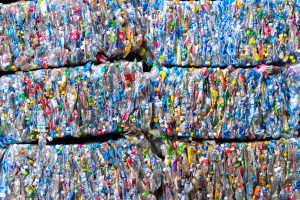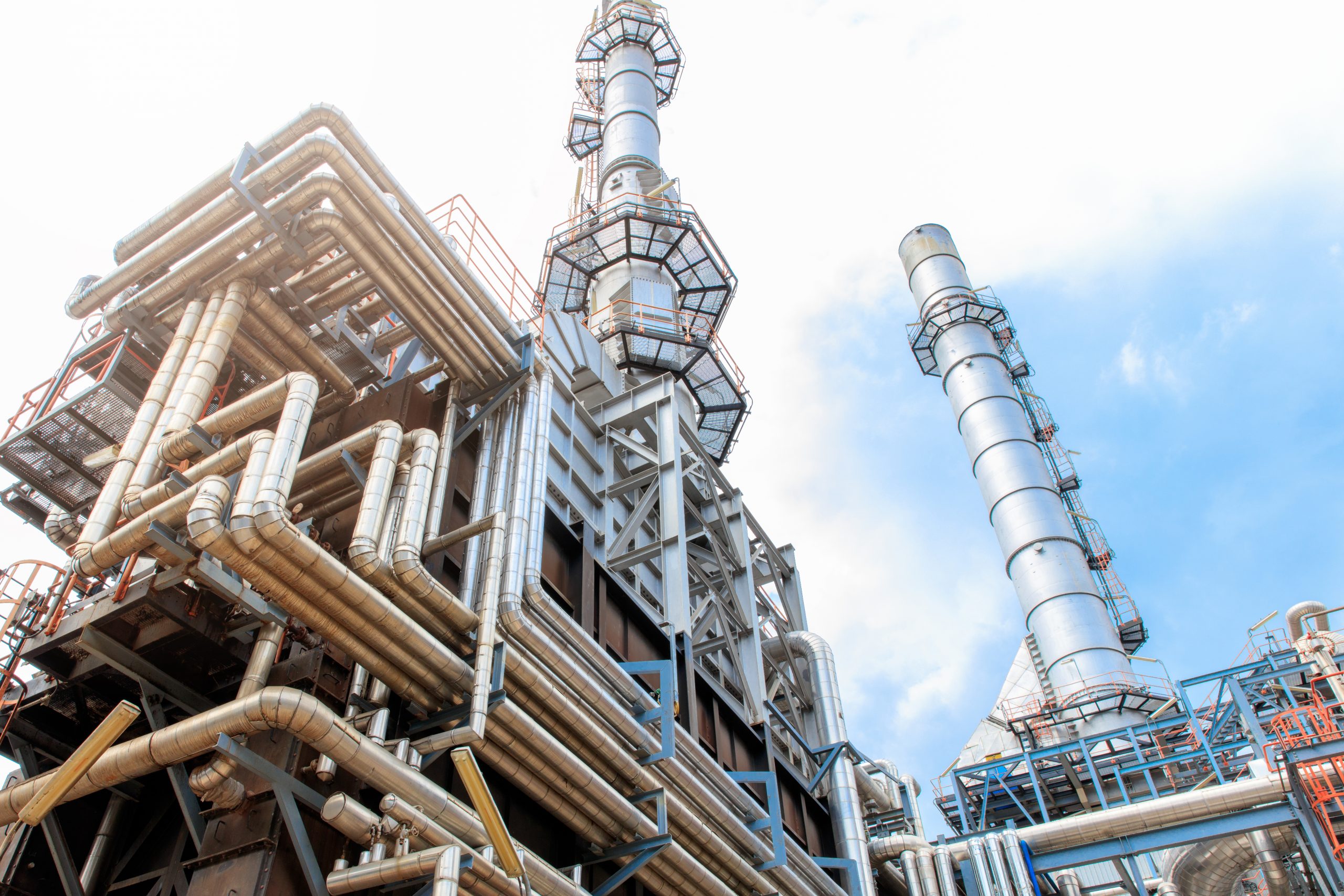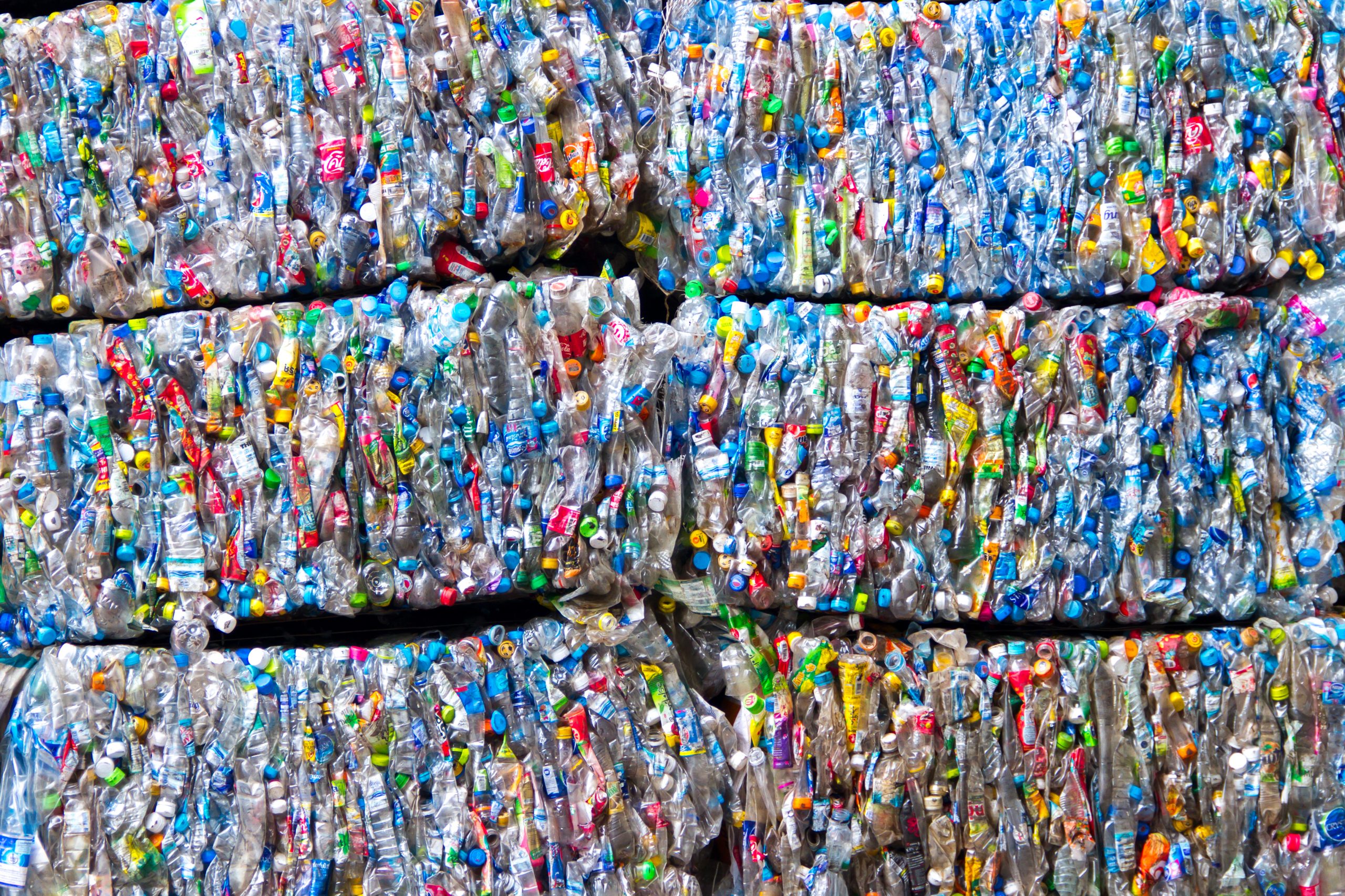Chemicals: At the Crossroads of Sustainability
The modern chemical industry stands at the crossroads of sustainability. Calls for answers and action on carbon emissions and sustainability are growing increasingly urgent and the industry faces a choice: to continue business-as-usual, or to pursue a more sustainable future. This will require clearer, more cohesive accounts and modelling of current and future greenhouse gas emissions so that the petrochemical sector can transition to a more sustainable future.
The 2022 C-THRU public showcase, ‘Chemicals: At the Crossroads of Sustainability,’ was held on 28th September 2022 in UC Santa Barbara, and features talks from keynote speakers and project investigators and a panel discussion with audience Q&A. The event recording and a summary of the talks are available below.
Keynote Speakers
Research, development, and demonstrations for industrial decarbonisation of the chemicals sector – Dr. Felicia Lucci
Industry is responsible for 30% of energy-related CO2 emissions in the US. Within this, the chemical sector is the largest emitter. It is also a growing and extremely heterogeneous sector. The DOE has devised a roadmap for decarbonising industry that rests on four pillars:
- Energy efficiency
- Industrial electrification
- Low carbon fuels and feedstocks (LCFFES)
- Carbon capture and storage (CCS)
Applying these four pillars to the chemical industry means adopting near-term and long-term technologies and process innovations that reduce emissions across the extraction, refining, and production stages. The AMO and DOE have an expanding portfolio, investing in low-carbon technologies that focus on the highest volume, highest emitting chemicals. They prioritise technologies with the potential to reduce emissions by more than 50% if scaled up. They invest in short-term technologies such as electrification of process heat and CCS, and innovations which are further along the roadmap, e.g., using low-carbon and alternative feedstocks and integrating hydrogen as a fuel.
Hydrogen in the energy transition, help or hype? – Prof. Eric McFarland,
The transition to a non-fossil-fuel economy is critical. Hydrogen has long been considered a potential alternative to fossil fuels, but today it remains an insignificant and expensive fuel source. For hydrogen to become an ‘important’ fuel source, hydrogen fuel capacity needs to grow by approximately 30GW per year. Hydrogen also needs to become competitively priced. Currently, this is not possible without both putting a greater price on CO2 emissions and developing low-emission technologies and processes for hydrogen fuel production. Most hydrogen is produced by steam methane reforming (SMR) of hydrocarbon feedstocks at a low cost ($1-2 per kta). This is referred to as ‘grey’ hydrogen. ‘Blue’ hydrogen reduces the emissions released by this process through carbon capture and storage. ‘Green’ hydrogen can be produced via water electrolysis, but this is extremely energy intensive; the energy generated is less than the energy required for the reaction. ‘Turquoise’ hydrogen would involve decomposing the hydrocarbons, which requires less energy input per hydrogen output, but more hydrocarbon feedstock. This can be CO2-emission-free but is currently much more expensive than SMR. To make hydrogen a viable alternative to fossil fuel combustion, we must put a higher price on CO2, pursue blue hydrogen today, and try to develop turquoise hydrogen for the future.
Lightning Talks
Carbon clarity in the global petrochemical supply chain – Prof. Jonathan Cullen
Carbon Clarity for the global petrochemical sector. C-THRU is a 3-year project which aims to reveal potential interventions and opportunities for the chemical industry to make critical reductions to its emissions. Currently, data on where and how emissions are released in the sector is inconsistent and largely sits behind paywalls. Industrial stakeholders in pursuit of profit have little incentive to disclose emissions data, but a more transparent and robust account of emissions is required if the sector is to meet the demands and answer the questions of policymakers and the public across the globe. The C-THRU project aims to create the world’s most comprehensive, open account of emissions in the petrochemical sector. In the first year, the project identified significant gaps in the data regarding time series, uncertainty, and coverage of different chemical products, life cycle stages, and geographical locations. In Year 2, the team have been working on a set of models to address these gaps and organise the data so that it can be interrogated to answer the questions the industry faces.
N-fertilisers: How to feed the global population with fewer emissions – Dr. André Cabrera Serrenho
Nitrogen fertilisers are a major output of the chemical sector. Unlike most types of chemical products, N-fertilisers release the majority (2/3) of their emissions during the use phase. Production is responsible for most of the remaining 1/3. Therefore, we must consider how to reduce use-phase emissions alongside important work to decarbonise the production industry. The C-THRU Workstream 4 have used modelling technologies to evaluate reduction strategies. One option is to replace synthetic fertilisers with natural manure, but this was shown to be just as emissions-intensive. Instead, the team recommend a combination of three interventions. Firstly, for every 78Mt of N used by crops, 98Mt is wasted. Reducing demand by tackling losses of N in the use phase would significantly mitigate emissions. Secondly, ammonium nitrate could serve as a substitute for urea-based fertilisers, as its use phase emissions are approximately 30% lower. However, it carries greater risk due to its explosivity. Finally, nitrification inhibitors could be mixed in with fertilisers to reduce direct N2O emissions to the atmosphere. By 2050, a combination of these interventions could deliver up to an 80% reduction in fertiliser emissions.
Model-based energy and emission analysis for decarbonising the chemical sector – Prof. Phillip Christopher
Workstream 3 is developing model-based energy and emission analysis of specific chemical products. The work focuses on two key questions: 1) How much energy use and GHG emissions are associated with specific products and regions? 2) How can we decarbonise production as quickly as possible within the constraint of product cost? Existing datasets are sparse and aggregated, and emissions reporting can be infrequent. The team aim to develop a process model for each product which can address these data gaps. These models will utilise knowledge of the emissions intensities and energy use of specific production processes, and the principles of thermodynamics and chemical reactions. The model outputs can then be compared to the aggregated figures that are available from existing data sources to evaluate how effectively each process model is able to predict emissions. These models can then be used to explore options for reducing emissions in the future. For example, the model for ammonia production has been utilised to run scenarios for different levels decarbonisation. These scenarios allow us to explore the potential impacts of improving existing technologies and processes and, further down the line, bringing in new future technologies such as auto thermal reforming, pyrolysis and water electrolysis.
Panel Discussion and Q&A
The panel discussion covered a breadth of topics, such as funding and investment in R&D, industry regulation, and risk management. What policy mechanisms are available to us? Does the answer just come from industry and technology or is it also an issue of regulation? Are net zero targets reasonable and useful tools for us to reduce emissions and impact? Or do we need to impose a tax on CO2 emissions and other impacts? What about culture? Is it possible to change our demand for and relationships to new end-use products? Could we change consumption in a way that is also economically viable including for companies themselves? For example, could we shift from ownership to access? How do we balance relationships between investors, shareholders, researchers, governments, and industry?
C-THRU is in Year 2 of a 3-year international research project which aims to deliver foresight on the future interventions and innovation opportunities in the petrochemical sector required to minimise GHG emissions.






